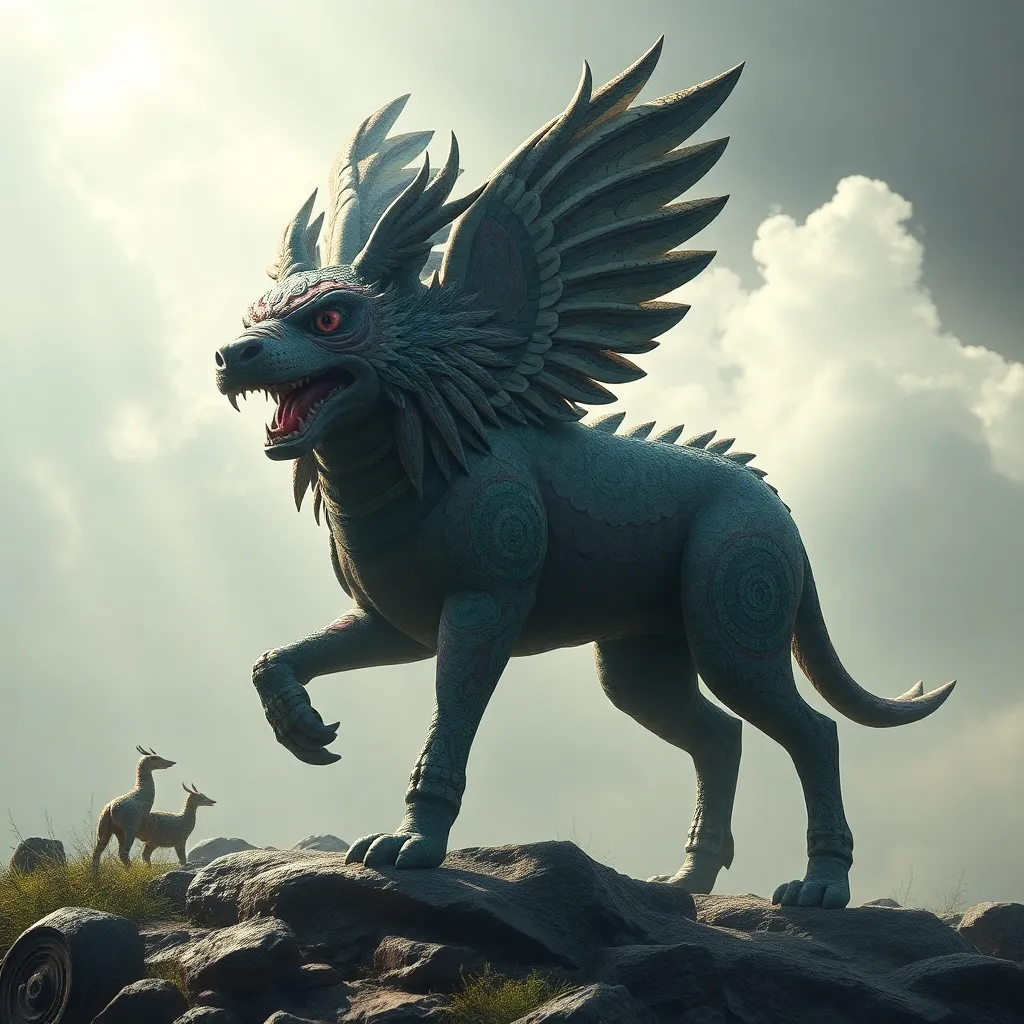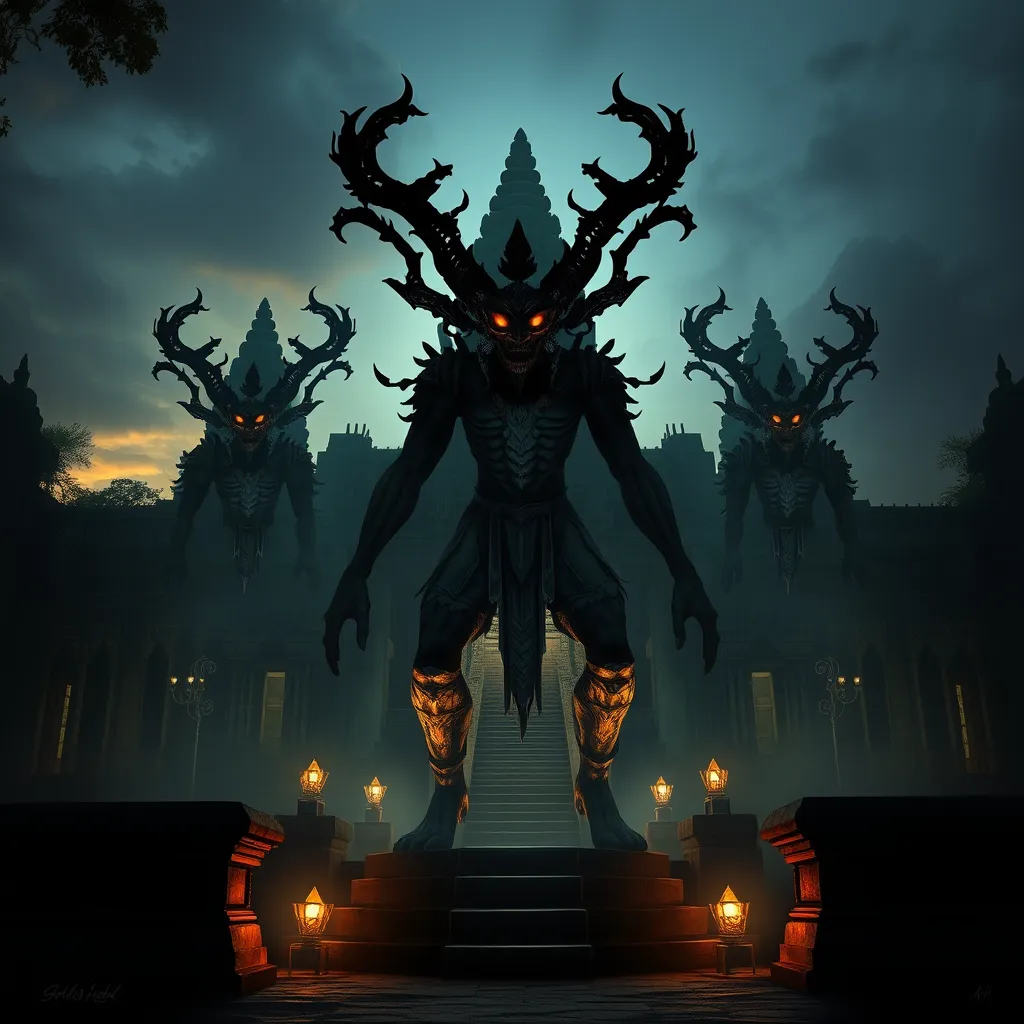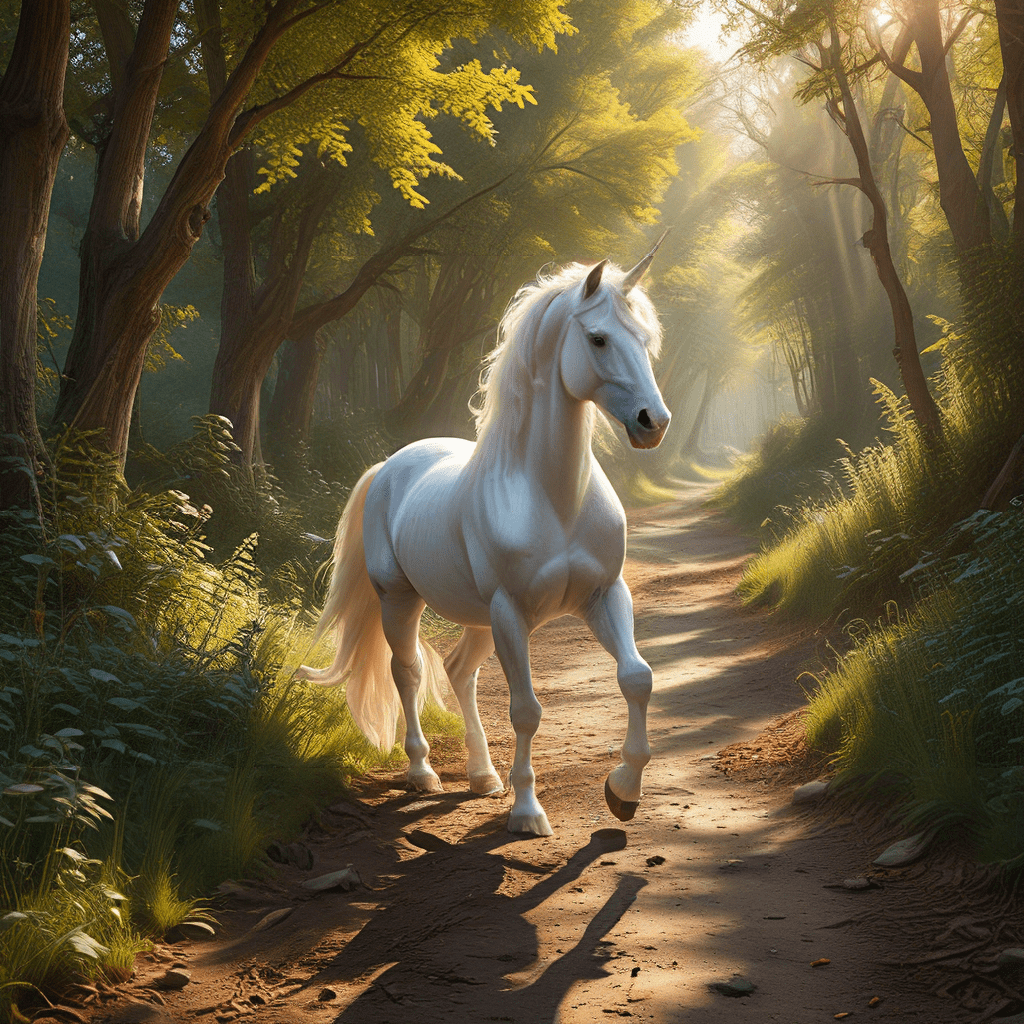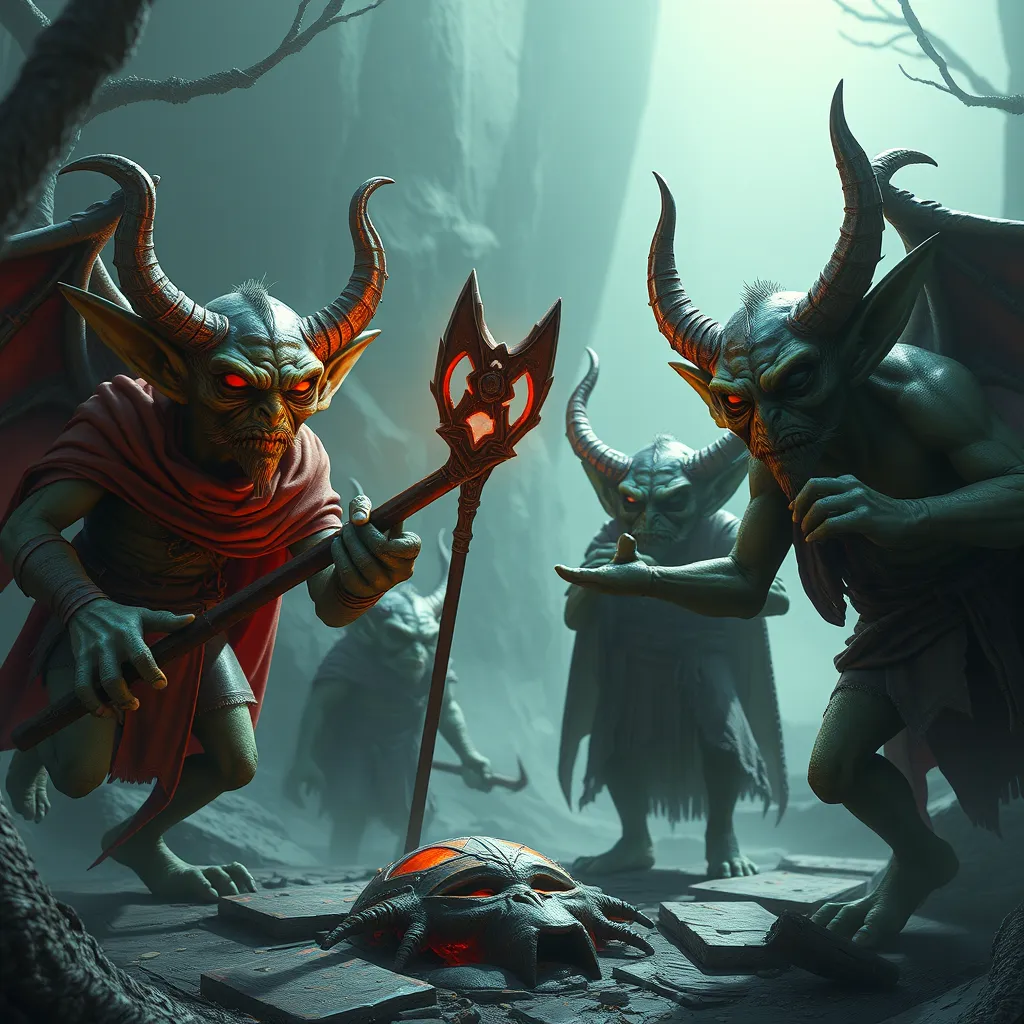The Ahuizotl: Beyond the Myth, Exploring the Real Animal Inspiration
I. Introduction
The Ahuizotl is a fascinating creature from Aztec mythology, often depicted as a mysterious, water-dwelling beast with a mix of animal features. This entity has captured the imagination of many, symbolizing both danger and the unknown aspects of nature. The purpose of this article is to delve deeper into the possible real-life animal inspirations behind the Ahuizotl myth, exploring its characteristics, cultural significance, and potential ecological connections.
II. The Mythological Background of the Ahuizotl
In Aztec texts, the Ahuizotl is described as a creature with a dog-like face, a long body, and a hand resembling that of a human, which it uses to pull unsuspecting victims into the water. This chilling aspect of the Ahuizotl symbolizes the dangers of the natural world and reflects the fears of the Aztec people regarding water bodies.
- Description: The Ahuizotl is often described as having fur, a long tail, and sharp claws.
- Symbolism: It represents the duality of nature—both nurturing and deadly.
In Mesoamerican culture, the Ahuizotl held significance as a guardian of water sources, embodying the fine line between respect and fear that ancient peoples had for natural elements. Tales of the Ahuizotl often serve as cautionary stories, warning people to be wary of the waters and the creatures that inhabit them.
III. Characteristics of the Ahuizotl
The Ahuizotl’s physical and behavioral traits further emphasize its mythical status. Its appearance in folklore is striking, often described in vibrant detail.
- Physical Description:
- Dog-like face
- Long, sleek body
- Human-like hands
- Furry and aquatic in nature
- Behavioral Traits:
- Elusive and cunning
- Known for luring people into the water
- Aggressive when threatened
In local ecosystems, the Ahuizotl was perceived as a formidable force, embodying the untamed essence of nature and the mysteries of aquatic life. This perception likely arose from the ecological complexities surrounding rivers and lakes, where many creatures thrive and survive.
IV. Possible Real Animals Behind the Myth
Exploring the Ahuizotl’s aquatic habits opens the door to understanding which real-life animals could have inspired this mythological figure.
- The Aquatic Habits: The Ahuizotl’s affinity for water suggests a connection to animals that dwell in similar environments.
- Comparison to Real-Life Animals:
- Otters: Known for their playful nature and intelligence, otters are often found in river systems.
- Coyotes: While primarily terrestrial, coyotes are adaptable and sometimes venture near water sources.
- Other Candidates: Animals like beavers or even certain large fish could contribute to the myth’s origins.
These animals, with their unique traits and behaviors, may have influenced the creation of the Ahuizotl myth, as ancient cultures often drew from their observations of nature to shape their stories.
V. The Cultural Impact of the Ahuizotl
The Ahuizotl’s influence extends beyond ancient texts and into contemporary culture, reflecting its lasting impact on storytelling and artistic expression.
- The Ahuizotl in Literature and Art:
- Featured in various works of fiction and folklore.
- Often depicted in artwork showcasing its mythical characteristics.
- Influence on Local Folklore:
- Stories of the Ahuizotl are passed down through generations.
- It serves as a cautionary tale about the dangers of water.
- Modern Pop Culture:
- Appears in video games, movies, and television shows.
- Continues to intrigue audiences with its blend of myth and reality.
This cultural resonance emphasizes the importance of the Ahuizotl in both historical and modern contexts, showcasing how myths can transcend time.
VI. The Intersection of Myth and Ecology
Myths often reflect a society’s understanding of their environment and the behaviors of animals within it. The Ahuizotl serves as an example of how ancient cultures perceived their ecological surroundings.
- Environmental Awareness: The myth of the Ahuizotl highlights the balance of nature and the respect that must be afforded to wildlife.
- Preserving Stories: The tales of mythical creatures play a crucial role in maintaining cultural heritage and ecological knowledge.
- Lessons for Conservation: The Ahuizotl’s story can inspire modern conservation efforts by reminding us of the importance of protecting aquatic ecosystems.
VII. Scientific Perspectives on Mythical Creatures
Paleontology and zoology offer insights into the origins of myths and their possible connections to real creatures. Scientific inquiry can help unravel the truths behind legends.
- Understanding Myths: Myths can be viewed through a scientific lens to uncover their roots in real animal behavior.
- Case Studies: Examining other mythical creatures, such as the Chupacabra or Bigfoot, reveals similar patterns of animal behavior inspiring folklore.
The intersection of science and mythology provides a framework for understanding the complexities of our relationship with nature.
VIII. Conclusion
In conclusion, the Ahuizotl holds a significant place in both mythology and ecology. It serves as a reminder of the fears and respect that ancient cultures had towards the natural world. The enduring legacy of the Ahuizotl in cultural narratives reflects the timeless human fascination with the unknown.
Exploring the relationship between myth and reality not only enriches our understanding of folklore but also emphasizes the importance of preserving both stories and ecosystems for future generations.



